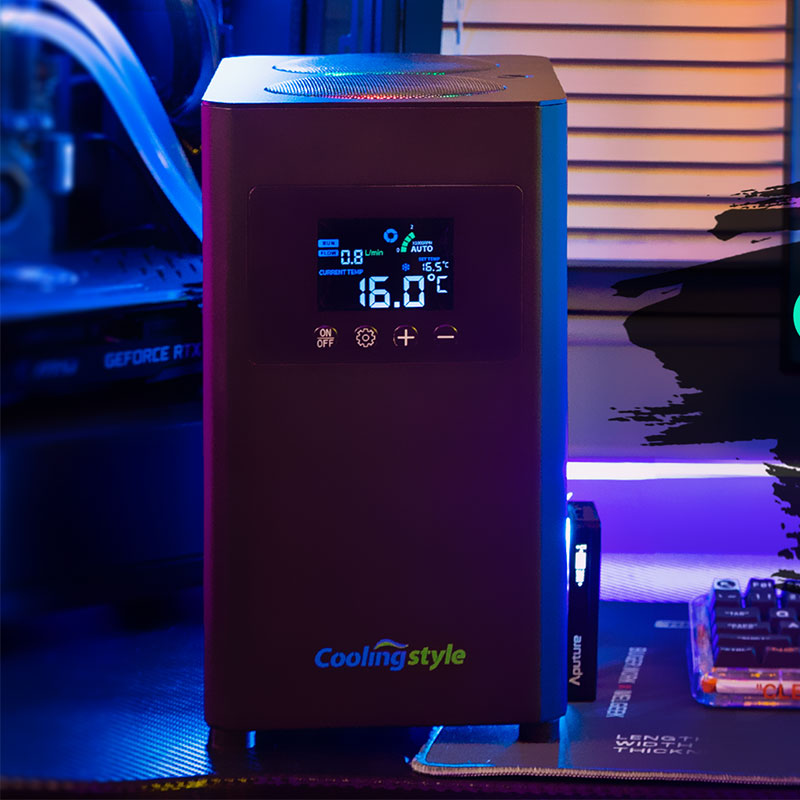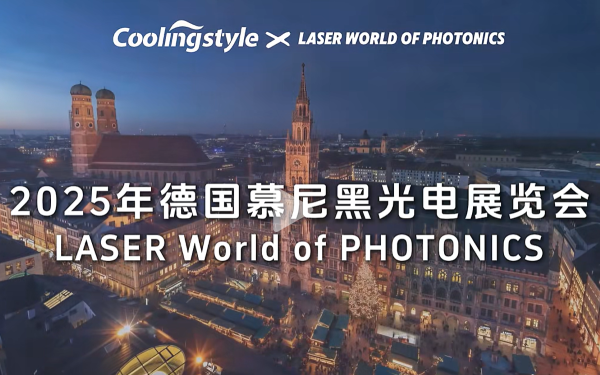フェムト秒レーザー技術は、光増幅と超短パルス生成における画期的な進歩を示しています。. 最短のパルスを生成可能 10⁻¹⁵ 秒, これらのレーザーは比類のない精度を提供します, エネルギー集中, さまざまな業界にわたる汎用性, 材料加工から医療診断まで.
この記事では、 歴史, 機構, 利点, と アプリケーション フェムト秒レーザーの, テクノロジーと科学に対する変革的な影響を強調する.
フェムト秒レーザーの可能性を解き放つ: 革新的な技術と応用
フェムト秒レーザー技術は、光増幅と超短パルス生成における画期的な進歩を示しています。. 最短のパルスを生成可能 10⁻¹⁵ 秒, これらのレーザーは比類のない精度を提供します, エネルギー集中, さまざまな業界にわたる汎用性, 材料加工から医療診断まで.
この記事では、 歴史, 機構, 利点, と アプリケーション フェムト秒レーザーの, テクノロジーと科学に対する変革的な影響を強調する.
フェムト秒レーザーとは?
あ フェムト秒レーザー 赤外線の超短パルスを生成する高度な機器です。 (と) ライト. これらのパルス, ほんの数フェムト秒続きます, 届ける 高いピーク電力—多くの場合ペタワットに達します (PW) レベル—並外れた速度と精度で.
主要コンポーネントのような チャープパルス増幅 (コンバージョン単価) フェムト秒レーザーがこのような並外れたパフォーマンスを達成できるようにする, 集中的かつ局所的なエネルギー供給が必要な用途に不可欠なものとなっています。.

フェムト秒レーザーの歴史
フェムト秒レーザー技術は、 19601970年代と1970年代, 徐々に短くなるレーザーパルスに関する基礎研究に基づいて構築.
主要なマイルストーン:
- 1982: チタンサファイアレーザーの発明は大きな進歩を遂げた, 初の実用的なフェムト秒レーザーシステムを可能にする.
- 1990s: の統合 モードロック およびCPAシステムにより、商業的に実行可能なフェムト秒レーザーが誕生しました.
- ノーベル賞: CPAテクノロジーの画期的な研究により研究者がノーベル賞を受賞, 科学と産業におけるフェムト秒レーザーの重要性を固める.
フェムト秒レーザーの種類
フェムト秒レーザーにはさまざまな構成があります, 特定の用途に合わせて調整された:
- 固体バルクレーザー
- パルス持続時間: 30 fs に 30 ps
- 繰り返し頻度: 50 MHzから 500 MHz
- アプリケーション: ハイパワー精密加工
- ファイバーレーザー
- パルス持続時間: 50 に 500 fs
- コンパクトでコスト効率が高く、大規模生産に適しています
- 課題: 複雑な動作原理
- 色素レーザー
- フェムト秒パルス生成の初期のパイオニア
- 現在では制限のため、チタンサファイアレーザーに大部分が置き換えられています。
- 半導体レーザー
- パルス持続時間: 数百フェムト秒
- 高い繰り返し率 (10秒から数百 GHz)
- アプリケーション: 通信・小型機器
フェムト秒レーザーの仕組み
フェムト秒レーザーパルスは、と呼ばれるプロセスを使用して生成されます。 モードロック, 複数の共振器モードが同時に発振する場合. この同期により超短信号が生成されます。, コヒーレントビームとしてレーザーシステムから出射される高強度パルス.
の組み合わせ 高い繰り返し周波数 と 短いパルス持続時間 フェムト秒レーザーが熱影響を最小限に抑えながら正確なエネルギーバーストを提供できるようにします.
フェムト秒レーザーの利点
- 高いピーク電力
- 極めて短時間にエネルギーを集中させる, 効率的な材料アブレーションと精度の実現.
- 熱による損傷を最小限に抑える
- 周囲への熱伝達を軽減します, 材料の完全性を維持する.
- 多用途性
- 幅広い材質に効果的, 金属を含む, ポリマー, セラミックス, および生体組織.
- 超高速インタラクション
- 化学の迅速なプロセスを研究し、影響を与えるのに適しています, 生物学, と材料科学.

フェムト秒レーザー技術の応用
- レーザー加工
- 精密切断: 金属の複雑なデザインに最適, プラスチック, そしてガラス.
- 非線形効果: 水晶やガラスなどの透明素材の加工が可能.
- 医療用途

- 目の手術: フェムトレーシックなどの手術はフェムト秒レーザーの精度に依存しています.
- 組織診断: 高度なイメージング技術を容易にします, レーザー顕微鏡など.
- レーザー顕微鏡
- 蛍光イメージング: 多光子励起により、生物学研究のための高解像度イメージングが可能になります.
- 分光法: 微細スケールでの材料特性の分析.
- 測定
- 光時計: 信頼できる周波数標準として機能します.
- ライダー: 産業および環境用途向けの正確な距離測定.
- 電気通信
- 波長分割多重化: データ伝送容量の向上.
- 高速データ: を超える伝送速度を実現 1 テラビット/秒.
フェムト秒レーザーの将来展望
フェムト秒レーザー技術の進歩に伴い, その用途は次のような新興分野に拡大しています。 量子コンピューティング, 高度な製造業, と 再生可能エネルギーの研究. 産業グレードのフェムト秒レーザーの開発により、さらなる信頼性が約束されます, アクセシビリティ, そして多用途性.
ミニチュアロータリー冷凍コンプレッサーの世界的パイオニア
フェムト秒レーザー技術は比類のない精度を提供することで業界を変革しました, 力, そして多用途性. 医療の進歩から高速通信まで, フェムト秒レーザーは、さまざまな分野にわたるイノベーションへの道を切り開いています.
テクノロジーが進化するにつれて, 新たな可能性を解き放ち続けます, 現代科学と工学の基礎としての地位を固める.






2 「についての考えフェムト秒レーザーの可能性を解き放つ: 革新的な技術と応用”
働き続けます, よくやった!
ピンバック: フェムト秒レーザーテクノロジーの進歩と医療フロンティアへの影響 – Medtechnews